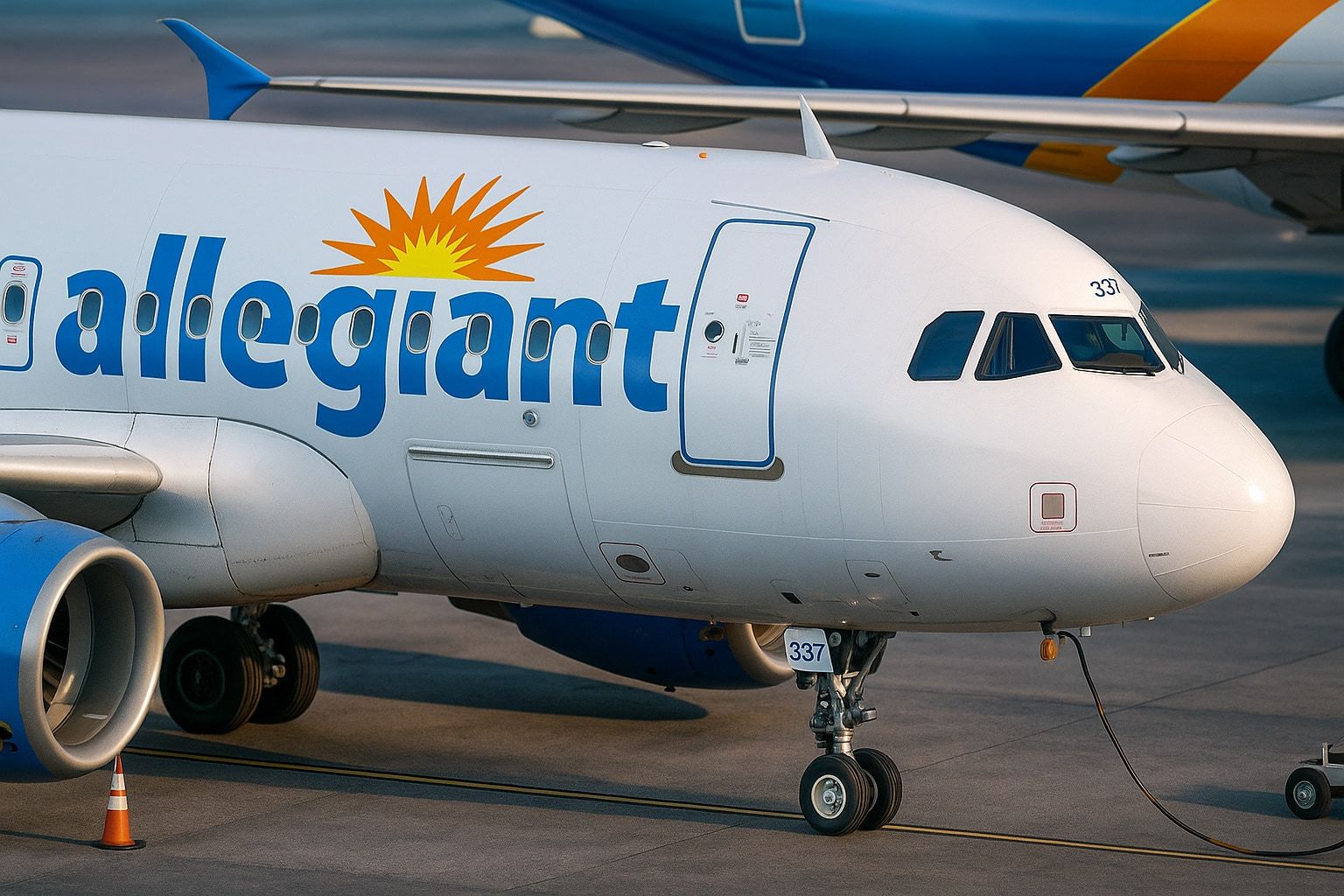- The FAA will reduce flight capacity by 10% at 40 high‑volume U.S. markets starting Friday to preserve safety during the ongoing federal government shutdown. [1]
- The cuts are set to ramp from ~4% Friday to 10% next week; international flights are initially expected to be exempt, according to industry briefings. [2]
- The shutdown has reached Day 37, the longest on record, with no final deal in sight. [3]
- Allegiant Air says it hasn’t seen a demand hit yet but warns that a prolonged shutdown into Thanksgiving would be a “huge problem” for the industry. [4]
FAA’s extraordinary move, explained
With air traffic controllers working unpaid and staffing strains mounting, the Federal Aviation Administration said it will cut scheduled flight volumes by 10% across 40 of the busiest U.S. markets beginning Friday. The agency frames the reductions as a safety measure as the funding impasse drags into a second month. Analysts estimate the move could remove up to 1,800 flights and 268,000 seats on the heaviest days. [5]
Industry sources say the reductions will phase in—about 4% Friday, then 5% Saturday, 6% Sunday, climbing to 10% next week, allowing carriers to rework schedules. International flights are initially expected to be exempt. [6]
Where the shutdown stands today
After weeks of stop‑start talks, the federal shutdown reached Day 37 on Thursday, cementing its place as the longest in U.S. history. That deepens pressure on aviation operations and heightens the risk of ripple delays as the holiday travel season nears. [7]
Allegiant: “No meaningful impact—yet,” but a Thanksgiving stretch would be “huge” problem
On its third‑quarter call, Allegiant Travel Co. executives said the carrier—known for flying from smaller, underserved airports—hasn’t seen “anything meaningful” in bookings from the shutdown so far. But President Robert “BJ” Neal cautioned that if the stalemate reaches Thanksgiving, the impact could become significant for the entire industry, urging lawmakers to resolve the impasse. [8]
Allegiant underlined solid operating execution even in its seasonally weakest quarter: ~33,000 departures, 4.6 million passengers, and a 99.9% controllable completion factor. Management reiterated that holiday demand is “shaping up nicely” and said it now expects a double‑digit Q4 operating margin. The airline also reaffirmed plans to have 16 Boeing 737s in service by year‑end 2025 after transitioning part of its fleet, and noted it closed the $200 million sale of Sunseeker Resort in September. [9]
Separately, Allegiant named longtime finance chief Robert “BJ” Neal as President this week, a move the company says will help steer execution as it integrates the 737 fleet and expands ancillary offerings. [10]
What it could mean for Las Vegas and other hubs
Officials at Harry Reid International Airport say operations remain normal for now, but caution that delays anywhere in the national system can quickly cascade to Las Vegas. If LAS is among the 40 markets subject to FAA cuts, a 10% reduction could shave roughly 170 daily flights from current averages, local analyses suggest. [11]
In the Washington, D.C. area, local outlets report all three airports—BWI, DCA, and IAD—are expected to be affected once cuts begin, underscoring the broad reach of the FAA’s plan. [12]
The broader airline picture
Airline leaders across the industry have publicly pressed for an end to the shutdown, warning of mounting operational stress on controllers and the economy. United Airlines CEO Scott Kirby recently highlighted safety and staffing pressures as risks if the funding lapse persists. [13]
International pickup of today’s Allegiant updates
Coverage of Allegiant’s stance on the shutdown—and the FAA’s planned flight cuts—extended beyond U.S. outlets today. El‑Balad and Emegypt both ran updates summarizing Allegiant’s earnings‑call comments about potential Thanksgiving impacts if the shutdown persists, reflecting global interest ahead of the U.S. holiday rush. [14]
What travelers should do now
- Watch for schedule changes: Carriers will begin filing revised schedules as the FAA reductions phase in. Check your airline’s app and sign up for flight alerts. (FAA reduction timing reported today.) [15]
- Build buffer time: Even if your airport isn’t on the FAA list, ripple effects from constrained hubs can spread. Consider earlier departures and longer connections. [16]
- Know your options: If your flight is changed or canceled, airlines typically offer free rebooking on comparable itineraries.
- Stay tuned for the airport list: The FAA has not yet named all 40 markets; it has been coordinating with airlines and is expected to detail the list before cuts take effect. [17]
By the numbers (latest)
- Shutdown day count: 37 (longest on record). [18]
- Planned FAA reductions: 10% across 40 high‑volume markets (ramping from ~4% to 10%). [19]
- Potential impact: up to 1,800 flights and 268,000 seats removed on peak days. [20]
- Allegiant Q3 snapshots: ~33,000 departures, 4.6M passengers, 99.9% completion; 16 Boeing 737s targeted in service by year‑end; Sunseeker sale $200M. [21]
References
1. apnews.com, 2. www.reuters.com, 3. apnews.com, 4. www.reviewjournal.com, 5. apnews.com, 6. www.reuters.com, 7. apnews.com, 8. www.reviewjournal.com, 9. www.prnewswire.com, 10. ir.allegiantair.com, 11. www.ktnv.com, 12. wtop.com, 13. www.businesstravelnews.com, 14. www.el-balad.com, 15. apnews.com, 16. thenevadaindependent.com, 17. apnews.com, 18. apnews.com, 19. apnews.com, 20. apnews.com, 21. www.prnewswire.com





